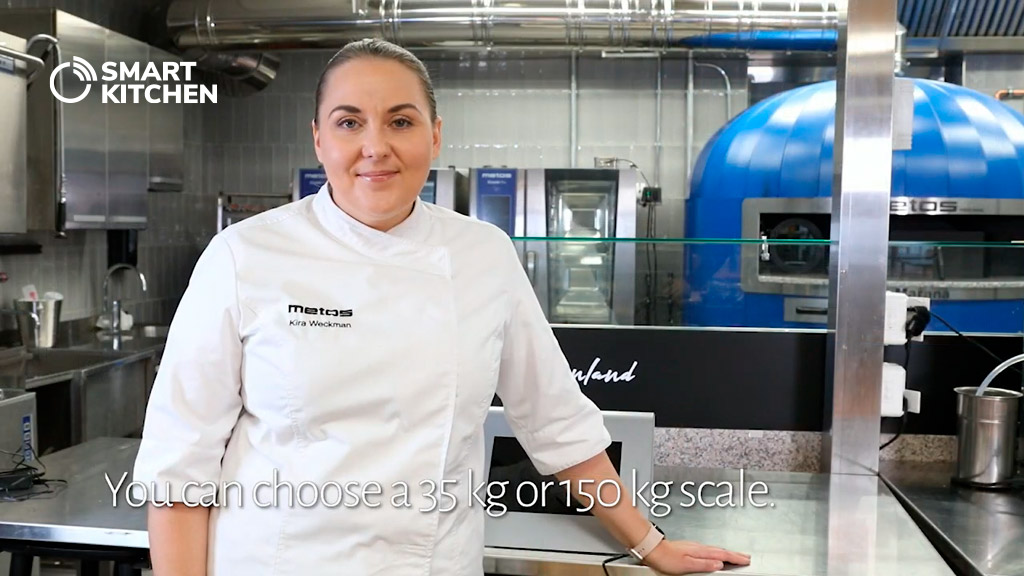Don’t settle for manual recording of food waste
Clear advantages are achieved by using the waste scale. We asked our customers about their experiences and listed a few of them below.
- Logging is reliable and easy.
- Automated recording using the waste scale guarantees that all generated waste is also recorded.
- Doesn’t take up staff time.
- The possibility of human error is small.
- Retrieve menus, production quantities and prices directly from the menu application used by the kitchen (e.g. Jamix)
- The information can be found immediately in the SmartKitchen cloud service.
- Losses can be viewed and compared using widely desired criteria.
- Also monitor the amount of edible food that ends up as waste.
- Properly targeted measures can be implemented to reduce food waste.
- The service scales from small restaurants to large chains with hundreds of locations.
- Meets the requirements of the Waste Act for recording food waste.
Waste recording is quick and easy with the waste scale:
- Put the waste in the bin on top of the waste scale.
- Select the corresponding waste item on the touch screen.
- The registration is complete and saved in the service.
That’s how easy it is to use our waste scale:
Did you know?
Using a waste scale initially seems to increase the amount of food waste, because all generated waste is automatically recorded and will not be forgotten.
Meal-specific loss monitoring
It is enough that the information is ready in one place! FoodWasteTracker has a function that retrieves the day’s menu from the menu application used by the kitchen, for example POS or production planning systems. The meal items from the menu are automatically displayed on the WasteScale screen for recording. The function also enables the transfer of waste data to the production planning system. Waste information is used when, for example, optimizing order and production quantities and planning menus. The “waste reserve” is based on knowledge and not on an estimate.
Monitoring plate waste
SmartKitchen WasteScale is also used to monitor plate waste. It is well-suited for buffet and line restaurants, where guests return and empty their plates into a container on top of the Waste Scale. The restaurant’s customer can see the amount of leftovers on their plate on the screen, and at the same time the information is saved in the service.
How much time is spent to record waste?
If you want to record waste as accurately as with SmartKitchen WasteScale, then additional working time would be at least 50 hours per year/kitchen.
hours of extra work.
That is, one full week of work hours that could be used for customer service.
NOTE!
In this calculation, we have not considered the time spent searching for papers, nor double the work time if the information is first collected on paper and then transferred to a digital service. Also, we have not counted time for human errors, wrong entries, and missing information etc. So, in reality, it takes considerably more time.
